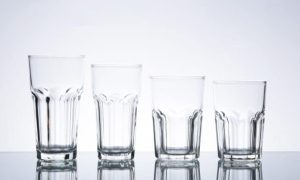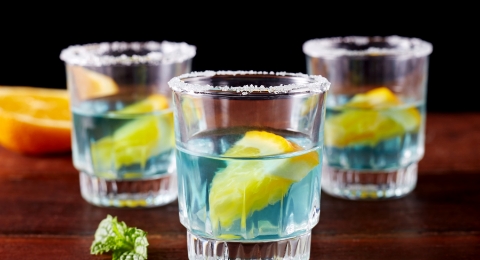No products in the cart.
Discover the secrets of soda-lime glass, the most common type of glass, as we delve into its composition, wide-ranging uses, and particularly its thermal shock resistance. Learn how this ubiquitous material shapes our daily lives and what temperature variations it can endure without compromising its integrity.

Introduction to Soda-Lime Glass
Soda-lime glass accounts for about 90% of all glass manufactured and is a staple in both households and industries. Comprising mainly of silica sand, soda ash, and limestone, this type of glass is favored for its cost-effectiveness, clarity, and workability. Its applications range from window panes and bottles to various food storage containers and tableware.
Composition and Manufacturing
The typical recipe for soda-lime glass includes about 70-75% silica (SiO2), 12-16% soda ash (Na2O), and 5-10% lime (CaO). The materials are melted together in a furnace at temperatures reaching up to 1675°C. The resulting liquid glass is then molded, blown, or pressed into desired shapes and gradually cooled to form the final product.
The Role of Soda Ash and Lime
Soda ash reduces the melting point of the glass and makes it workable, while lime stabilizes the silica structure, improving durability. This composition makes soda-lime glass relatively inexpensive to produce, a key factor in its widespread use. However, it also affects the glass’s thermal properties, particularly its resistance to thermal shock.
Understanding Thermal Shock in Soda-Lime Glass
Thermal shock occurs when a rapid temperature change induces tension in the glass, leading to cracking or shattering. Soda-lime glass, while versatile and durable under normal conditions, is susceptible to thermal shock due to its lower thermal expansion coefficient compared to other types of glass like borosilicate.
The temperature difference that soda-lime glass can typically withstand without experiencing thermal shock is about 40-50°C. This means that if a piece of soda-lime glass is suddenly exposed to a temperature change greater than this range, it is likely to crack or break. This is a crucial consideration in applications involving rapid heating or cooling, such as ovenware or lab equipment, where soda-lime glass is generally not the preferred material.
Enhancing Thermal Shock Resistance
While soda-lime glass isn’t inherently resistant to high thermal shocks, certain treatments can improve its tolerance. Tempering, for example, can increase the strength of the glass and its resistance to thermal stress. This process involves heating the glass and then rapidly cooling it, creating a layer of compression on the surface that helps to distribute thermal stresses more evenly.
Applications and Care Tips
Soda-lime glass is everywhere – from beverage bottles and food jars to windows and car headlights. Its affordability and clarity make it an ideal choice for a myriad of uses. However, when using soda-lime glassware, it’s important to avoid sudden temperature changes. Gradual heating and cooling are recommended to extend the life of your glass products.
Conclusion
Soda-lime glass is a foundational material in the world of glassmaking, known for its versatility and cost-effectiveness. Its susceptibility to thermal shock is an important consideration, dictating its use in various applications. By understanding the thermal limits and proper care of soda-lime glass, users can ensure the longevity and safety of their glass products, enjoying the clear, durable beauty of this material in many aspects of daily life.

